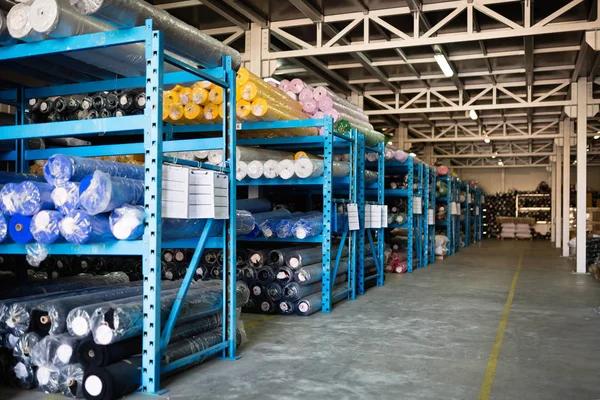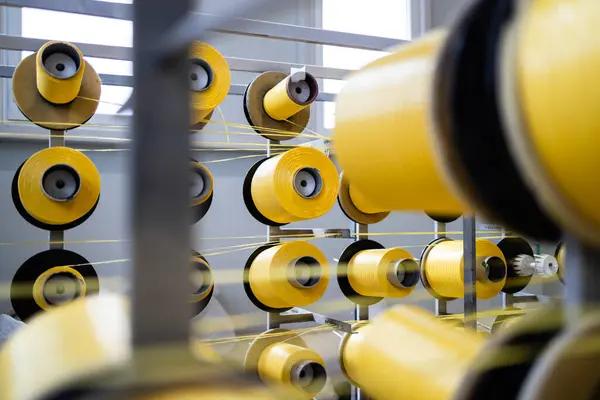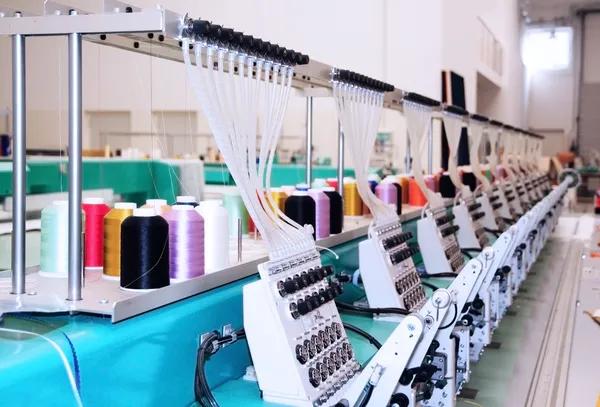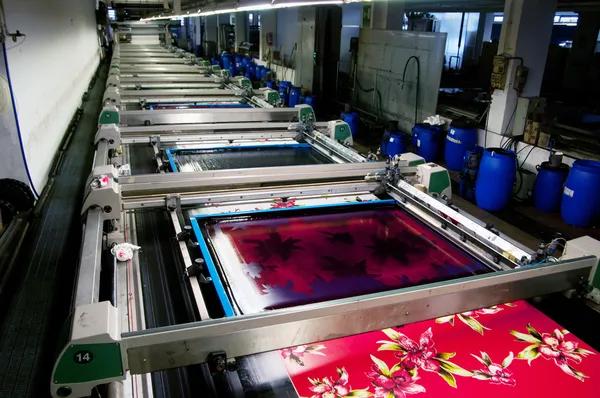Transparent textiles are rapidly becoming a significant trend in the fashion industry, marking a shift towards futuristic fashion. These materials, often made from synthetic fibers or treated natural fibers, offer an intriguing blend of style and functionality that is pushing the boundaries of traditional clothing design.
One of the indigobeatzstore.com primary roles of transparent textiles in futuristic fashion is to enhance aesthetic appeal. Transparent fabrics add an element of intrigue and ssssoundcloud.com sophistication to garments, creating a unique visual effect that cannot be achieved with opaque materials. Designers teamgroupchat.com can layer these textiles to create depth and texture within their designs or use them as standalone elements for a more itsmiragerecords.com minimalist look. The result is a striking balance between exposure and concealment that challenges conventional notions of modesty and propriety in clothing.
In addition to their aesthetic value, transparent textiles also play keelescales.com an important role in improving comfort and wearability. Many transparent fabrics are lightweight and breathable, making them ideal for warm weather or physically demanding activities. Some are even designed with moisture-wicking properties to sampelso.com keep wearers dry during intense workouts or on hot days. This combination of style and practicality makes transparent textiles highly versatile, suitable for everything from high-fashion runway shows to everyday casual wear.
Furthermore, transparent textiles also serve as a platform for technological integration – another key aspect of futuristic fashion. With advancements in wearable technology such as LED lights or digital displays being incorporated into clothing items for various purposes like communication or health monitoring; transparency allows these features to be visible without disrupting the overall design integrity.
Moreover, sustainable production methods used in manufacturing some types of transparent textiles align well with increasing consumer demand for environmentally friendly products – another facet defining future fashion trends. For instance, bio-based polymers derived from renewable resources can be used instead of petroleum-based cloudsmade.com ones reducing environmental impact significantly while retaining desired transparency.
However, it’s worth noting that despite its many advantages; there remain challenges associated with using transparent textile within mainstream fashion primarily around privacy concerns which designers must address innovatively without compromising on style, comfort or functionality.
In conclusion, the role of transparent textiles in futuristic fashion is multifaceted. They enhance visual appeal and wearability, serve as a platform for technological integration, and can align with sustainable production practices. As designers continue to keremgell.com experiment with these materials and overcome associated challenges, it’s clear that transparent textiles will play an increasingly important role in shaping the future of fashion.




